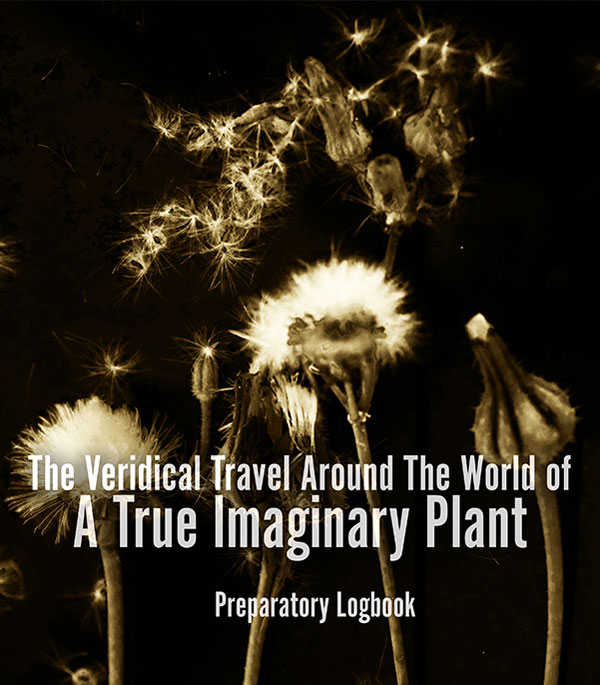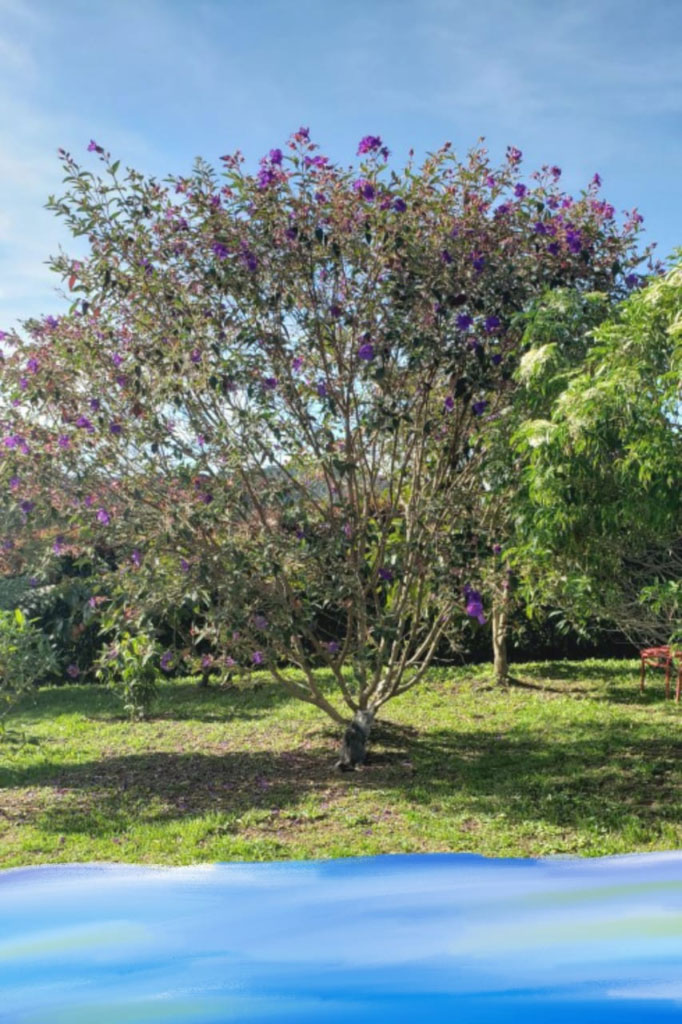
The Traveling Plant: Preparatory Logbook
People were asked, in a caring hosting tradition, to tell the plant what it could expect to experience and to discover along its journey, what and whom (humans and other than humans) it may encounter. Choose a contributor in the menu (v) or browse by following the arrows < >
Lina Mejía Álvarez
Seven Skins Goes Seven Seas
Medelin, Colombia
Director, Platohedro

The Tibouchina lepidota also known as the Andean princess flower or alstonville was my grandmothers favorite tree. In Spanish she is known as the siete cueros because her bark peels in layers, she blossoms beautiful and abundant magenta, violet and purple edible flowers. My grandmother would make syrup from the flowers. I planted one in my garden in honor of her when she died. When I asked her, my beautiful Andean princess this morning where she would like to travel, she whispered to me through the soft early breeze, the seven seas I want to see.
And she continued saying, for so many years you have come to me to weep the sea from your past which you miss so much. And all the stories of your travels at sea have taught me things the mountain has never taught me. I want to feel the salty breeze and the muggy heat, I want to leave a piece of bark and flower at every sea. I want to float and miss the cold, I want to come down from the mountain and feel the other soils.
Partners
The Traveling Plant is a collective project created in 2020 by Annick Bureaud, Tatiana Kourochkina, Marta de Menezes, Claudia Schnugg and Robertina Šebjanič, and further developed with the following seed organisations Leonardo/Olats (Paris), Quo Artis (Barcelona and Treviso), Cultivamos Cultura (Lisbon), Sektor Institute (Ljubljana) and the initial support of the Daniel and Nina Carasso Foundation.

Leonardo/Olats
Observatoire Leonardo des Arts et des Techno-Sciences
À propos / About | Lettre d'information Olats News



Pour toute (re)publication, merci de contacter / For any (re)publication, please contact Annick Bureaud: info@olats.org
Pour toute question concernant le site, merci de contacter / For any issue about the website, please contact: webmaster@olats.org
Design Thierry Fournier
© Association Leonardo 1997-2022